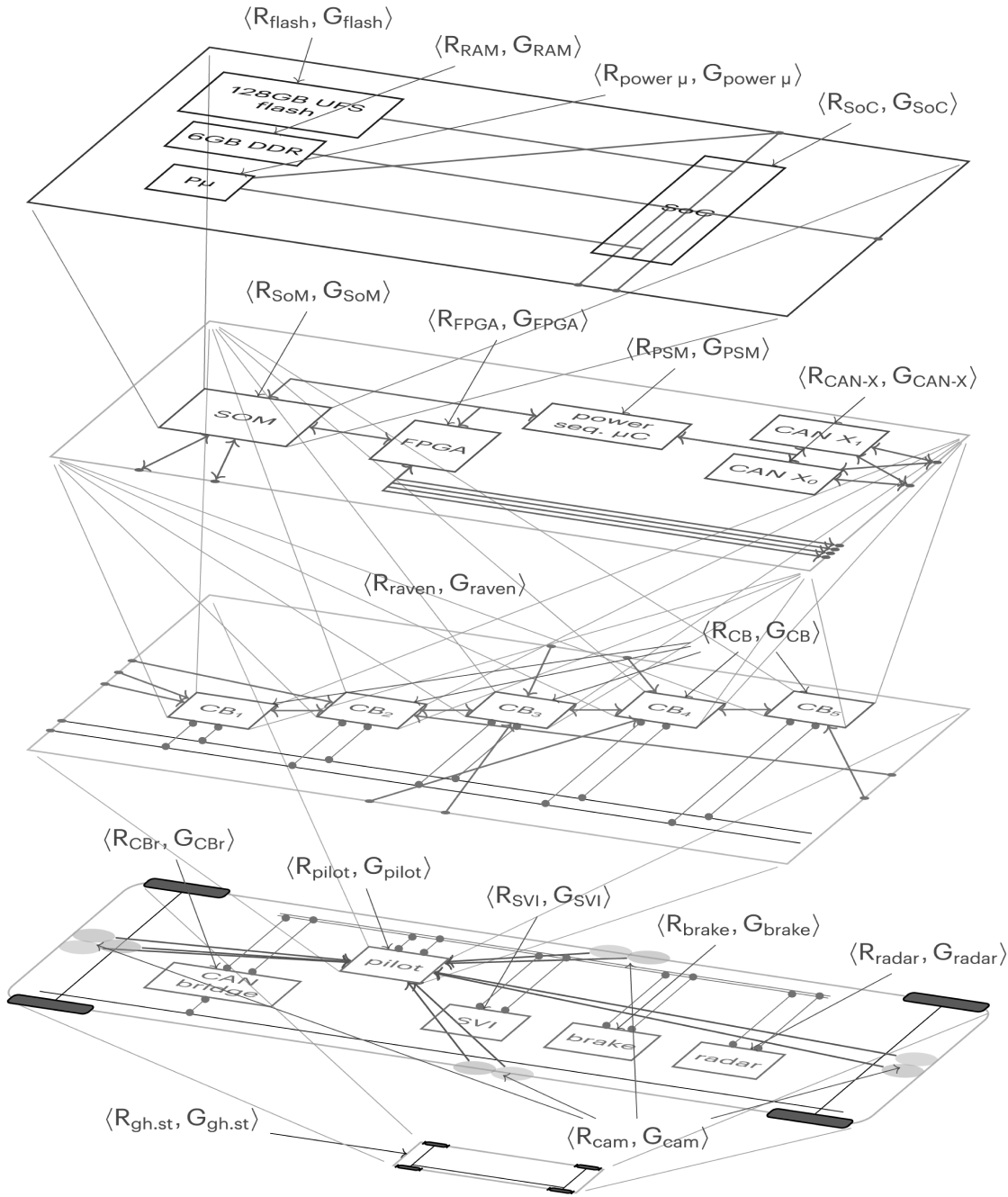Our mission is to build safe self-driving. A world where cars are so capable, people are free to do something else behind the wheel. A world without crashes, where everyone gets home safely no matter who is driving.
Ensure reliability, performance, integrity, and fault tolerance of the hardware, software, and base vehicle components of the Ghost Autonomy Engine.
Testing Methodologies
Formal software verification
Fault injection testing
Software unit, system, and release testing
Hardware-in-the-loop testing
Vehicle integration testing
Security penetration testing
Ensure accurate perception and understanding of road actors and the driving environment and appropriate and safe execution of the driving task within specified domain.
Testing Methodologies
Perception NN validation
Scene NN validation
Driving program validation
Driver intent model validation
Scenario simulation
Track testing and replay
Road testing and replay
Collision avoidance testing
Ensure real-time understanding of test and production fleet operations, rapid issue and incident response, and continuous learning from road activity.
Testing Methodologies
Data integrity testing
Site and service uptime monitoring
Test driver reporting, monitoring, and fatigue management
Incident simulation and response
Vehicle Systems include:
Many existing self-driving systems rely on conventional software development processes that use statistical sampling methods, such as measuring code coverage, that are prone to potential missed bugs or errors in logic. The larger and more complex the code base, the greater the risk that code which is probabilistically tested will contain errors in infrequently exercised code paths or from unexpected inputs. The exceptional complexity of self-driving software means that it is particularly susceptible to such errors.
Ghost is solving this critical problem by adopting a software testing process based on formal verification, an engineering technique that uses mathematical reasoning to validate that software accomplishes its design specifications. As a result, Ghost can mathematically prove that its software is operating as designed – both correct in logic and free of bugs.

Autonomy Software includes:



Existing systems rely on image-based object recognition to determine the presence of obstacles and then use estimates of their probable size to reason about their distance, velocity, and predicted behavior. But object recognition can be unreliable, as it is impossible to train neural networks on the infinite long tail of potential objects and scenarios.
Ghost is solving this critical problem by developing a new approach to artificial intelligence that does not require object recognition to drive safely. These breakthrough neural networks can generalize and understand the physics of obstacles in motion regardless of their type, speed, or arrangement in three-dimensional space, effectively eliminating the long tail of edge cases. This enables Ghost to detect and avoid objects universally, removing the risk of crashes or inaccurate distance estimation that stem from object recognition and sizing errors.
Operations, Monitoring, and Reporting includes:
